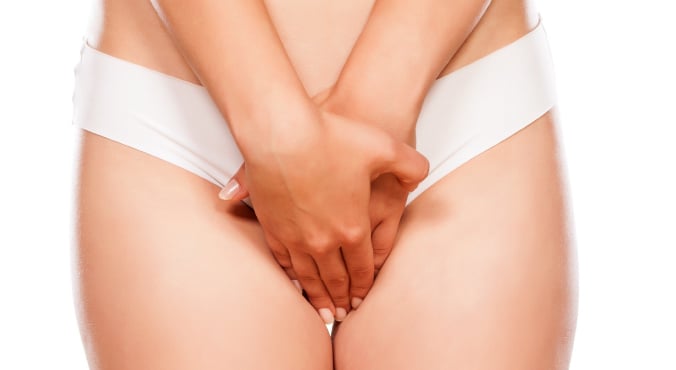
Image Via iStock
By Susan Davis, Monash University
Urinary incontinence, or the uncontrolled leakage of urine, is a common problem among women: it affects almost one in two women at some time in their life. It’s understandably a condition most women are too embarrassed to talk about and, unfortunately, health professionals often assume that if a woman doesn’t raise the issue, then it’s not a problem.
As a consequence, urinary incontinence often goes untreated and substantially affects women’s well-being and quality of life. But it doesn’t have to be that way. Affected women should tell their doctor about their incontinence symptoms as a variety of treatments are available.
Urinary incontinence can occur in three different patterns. Stress-only incontinence is the uncontrolled loss of urine when coughing, sneezing, laughing, bending over or during exercise. The urge-only type is uncontrolled loss due to an overwhelming urge to pass urine so that the person cannot reach the toilet in time. And a woman who experiences both of these types of uncontrolled leakage of urine is said to have mixed urinary incontinence.
Different types of incontinence are more common in different age groups. The stress-only variety, for instance, is most common in women between the ages of 35 and 45. Risk factors include having had at least one child and also being obese.
The mixed pattern of urinary incontinence is generally seen in women aged 45 and over. Its risk factors are being either overweight or obese and having had a hysterectomy. Urge-only urinary incontinence is most common in elderly women and the main risk factor is simply ageing
